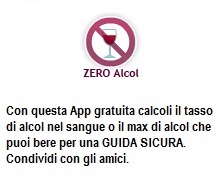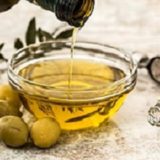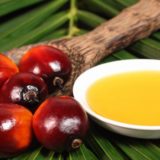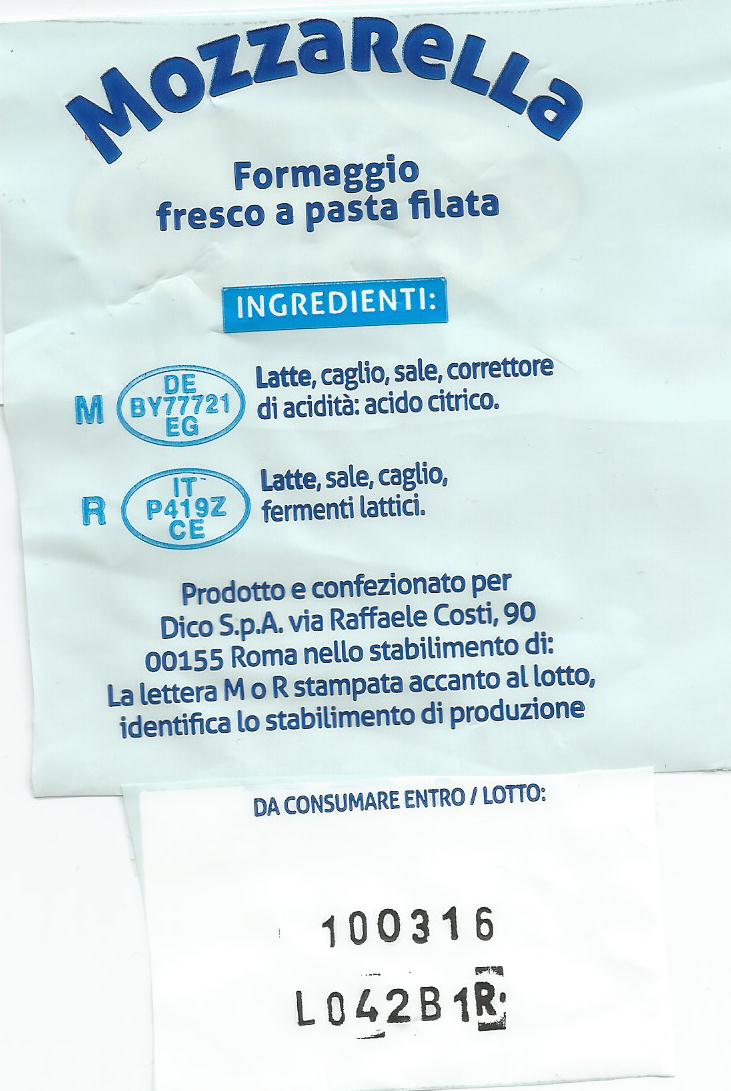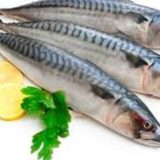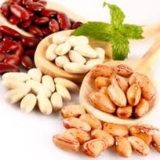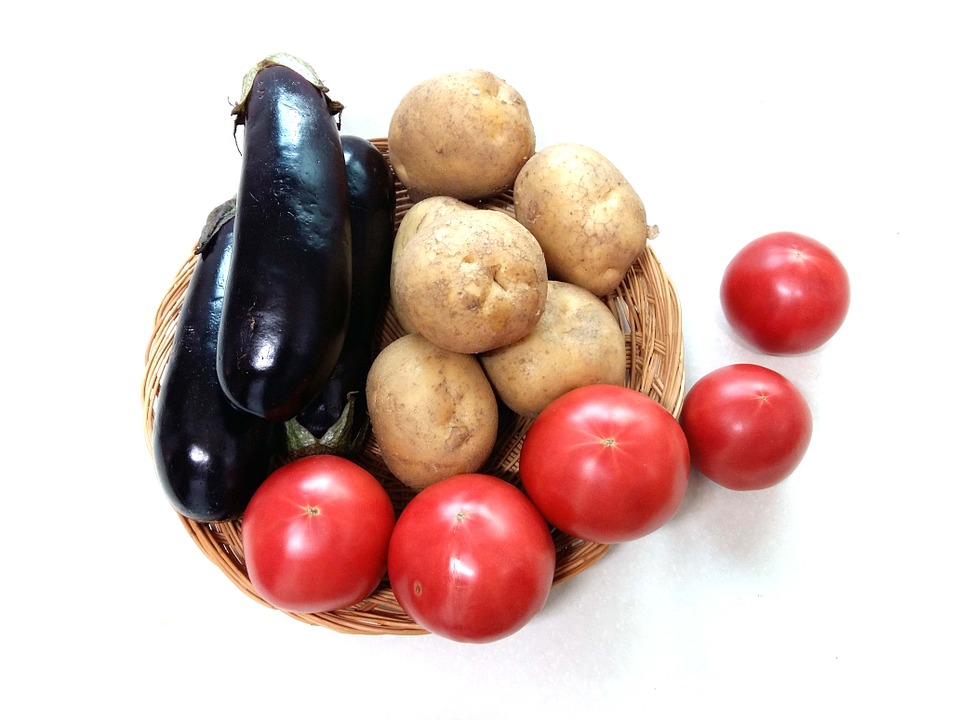La pera, il formaggio e il contadino

La pera è il frutto dell’albero Pyrus communis; pianta di medie dimensioni che può raggiungere i 15 metri di altezza ed è molto diffusa in Europa. L’Italia è tra i primi produttori mondiali e viene coltivata soprattutto in Emilia-Romagna, Veneto, Trentino-Alto Adige e Piemonte. Di questo frutto, conosciuto fin dall’antichità, molto apprezzato per il gusto e la digeribilità, ne esistono oltre 3000 varietà. Tra le più comuni troviamo: pera Abate, pera Decana, pera Kaiser, pera William, pera Cotogna.
La pera è un frutto autunnale (alcune varietà maturano nel corso delle altre stagioni), costituita principalmente da acqua (84%), zuccheri (9,8%) e fibre, mentre le proteine e i grassi sono presenti in minima parte. Si tratta di un frutto con un ottimo profilo nutrizionale e ottime proprietà benefiche. Infatti è molto ricco di vitamine (A, C, E, B1, B2, B3, B5 e B6), acido folico e minerali fra i quali abbondano calcio e potassio, ma sono presenti anche sodio, fosforo, magnesio, ferro, fluoro, zinco e rame.Tra gli antiossidanti sono presenti beta-carotene, luteina, zeaxantina e criptoxantina; buona è la presenza di lignina, pectina e sorbitolo (utili per la funzionalità intestinale). Lecalorie contenute in 100 grammi di parte edibile sono 35-40.
Le pere contenendo per lo più fruttosio e sorbitolo, glucidi che hanno minore impatto sulla glicemia rispetto a glucosio e saccarosio, sono indicate nella dieta dei diabetici.
Gli effetti collaterali sono molto rari nel consumo di pere, ma per il loro effetto lassativo può diventare un problema se si soffre di disturbi intestinali (colite o sindrome del colon irritabile).
Le pere maturano molto in fretta e vanno rapidamente incontro a deperimento anche se riposte in frigorifero.
Al contrario di altri frutti, la pera si presta bene ad abbinamenti con alimenti salati, tra cui quello certamente più noto è con i formaggi, in particolare di capra o di pecora, ma anche morbidi e cremosi, come il brie o il camembert.
Il proverbio: “Al contadino non far sapere quanto è buono il formaggio con le pere.”

Quest’opera è distribuita con Licenza Creative Commons Attribuzione – Non commerciale – Condividi allo stesso modo 4.0 Internazionale
English version
The pear, the cheese and the farmer
The pear is the fruit of the Pyrus communis tree; medium-sized plant that can reach 15 meters in height and is very common in Europe. Italy is among the world’s leading producers and is grown mainly in Emilia-Romagna, Veneto, Trentino-Alto Adige and Piedmont. Of this fruit, known since ancient times, highly appreciated for its taste and digestibility, there are over 3,000 varieties. Among the most common we find: Abate pear, Decana pear, Kaiser pear, William pear, Quince pear.
The pear is an autumn fruit (some varieties ripen during the other seasons), consisting mainly of water (84%), sugars (9.8%) and fibers, while proteins and fats are present in minimal part. It is a fruit with an excellent nutritional profile and excellent beneficial properties. In fact it is very rich in vitamins (A, C, E, B1, B2, B3, B5 and B6), folic acid and minerals among which calcium and potassium abound, but there are also sodium, phosphorus, magnesium, iron, fluorine, zinc and copper. Among the antioxidants are present beta-carotene, lutein, zeaxantina and cryptoxanthin; good is the presence of lignin, pectin and sorbitol (useful for intestinal function). The calories contained in 100 grams of edible part are 35-40.
Pears contain mostly fructose and sorbitol, carbohydrates that have less impact on blood sugar than glucose and sucrose, are indicated in the diet of diabetics.
Side effects are very rare in the consumption of pears, but due to their laxative effect it can become a problem if you suffer from intestinal disorders (colitis or irritable bowel syndrome).
Pears ripen very quickly and quickly deteriorate even if stored in the refrigerator.
Unlike other fruits, pear lends itself well to combinations with salty foods, among which certainly the best known is with cheeses, in particular goat or sheep, but also soft and creamy, such as brie or camembert.
The proverb: “Don’t let the farmer know how good the cheese is with pears.”






